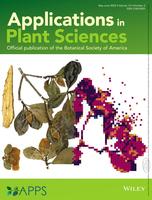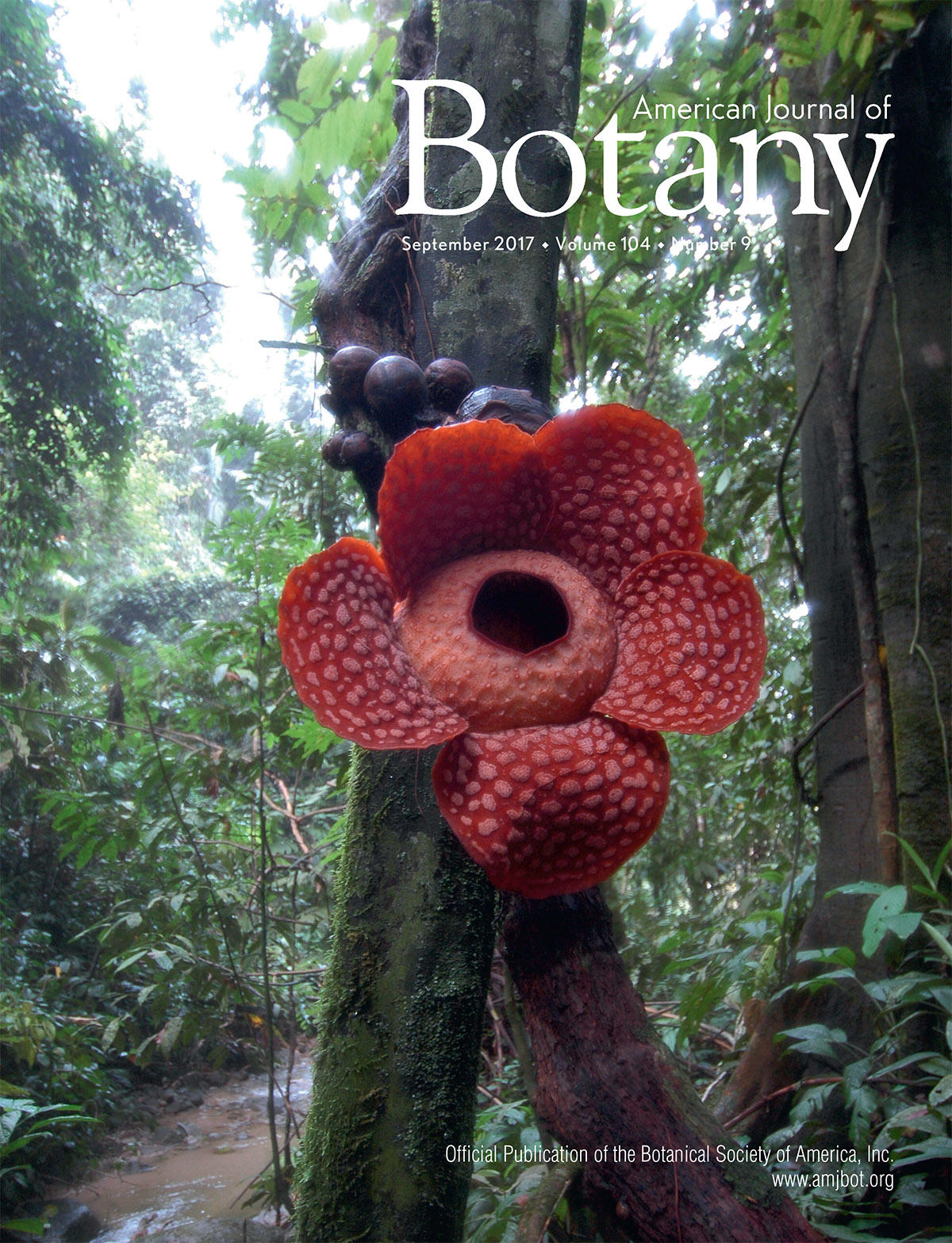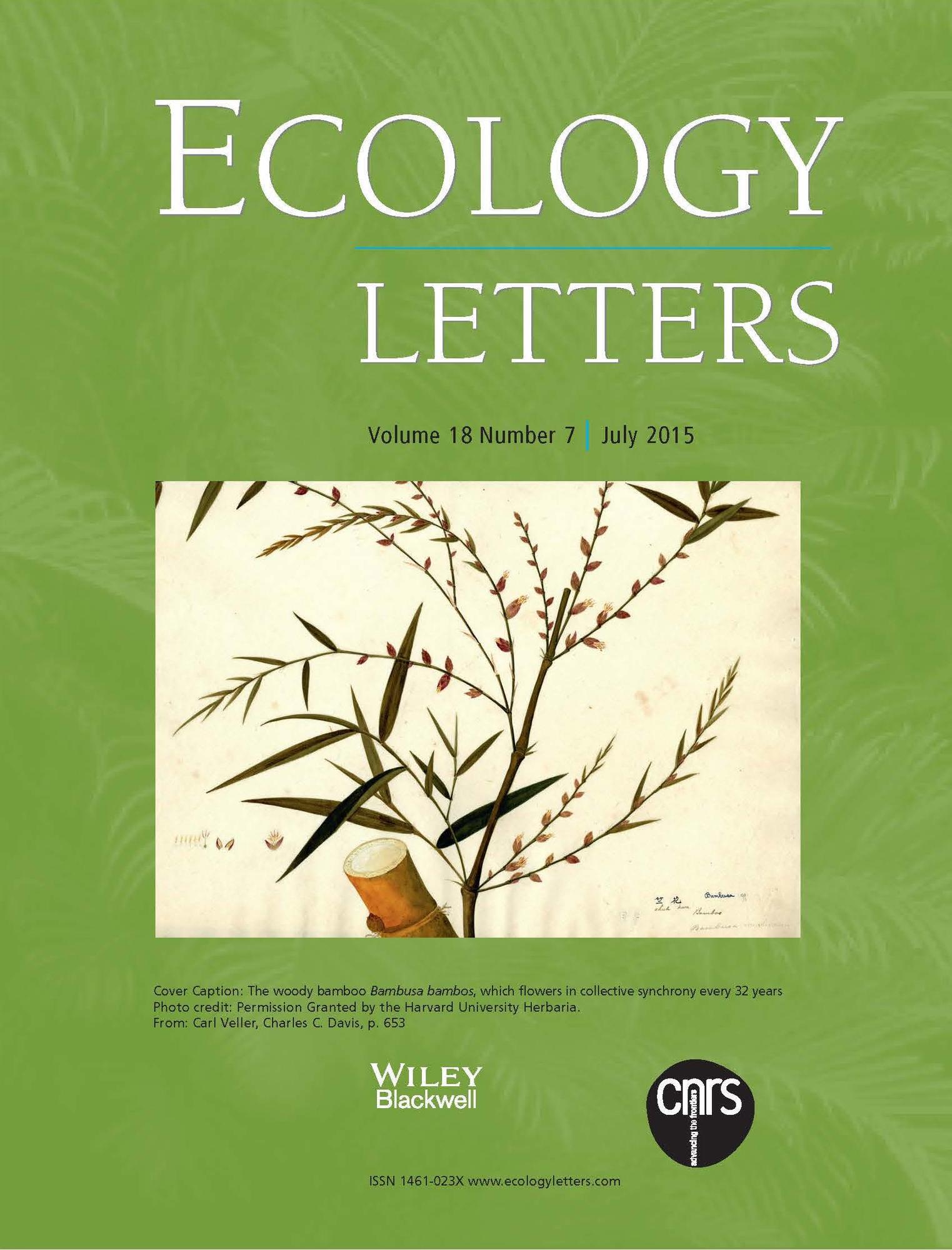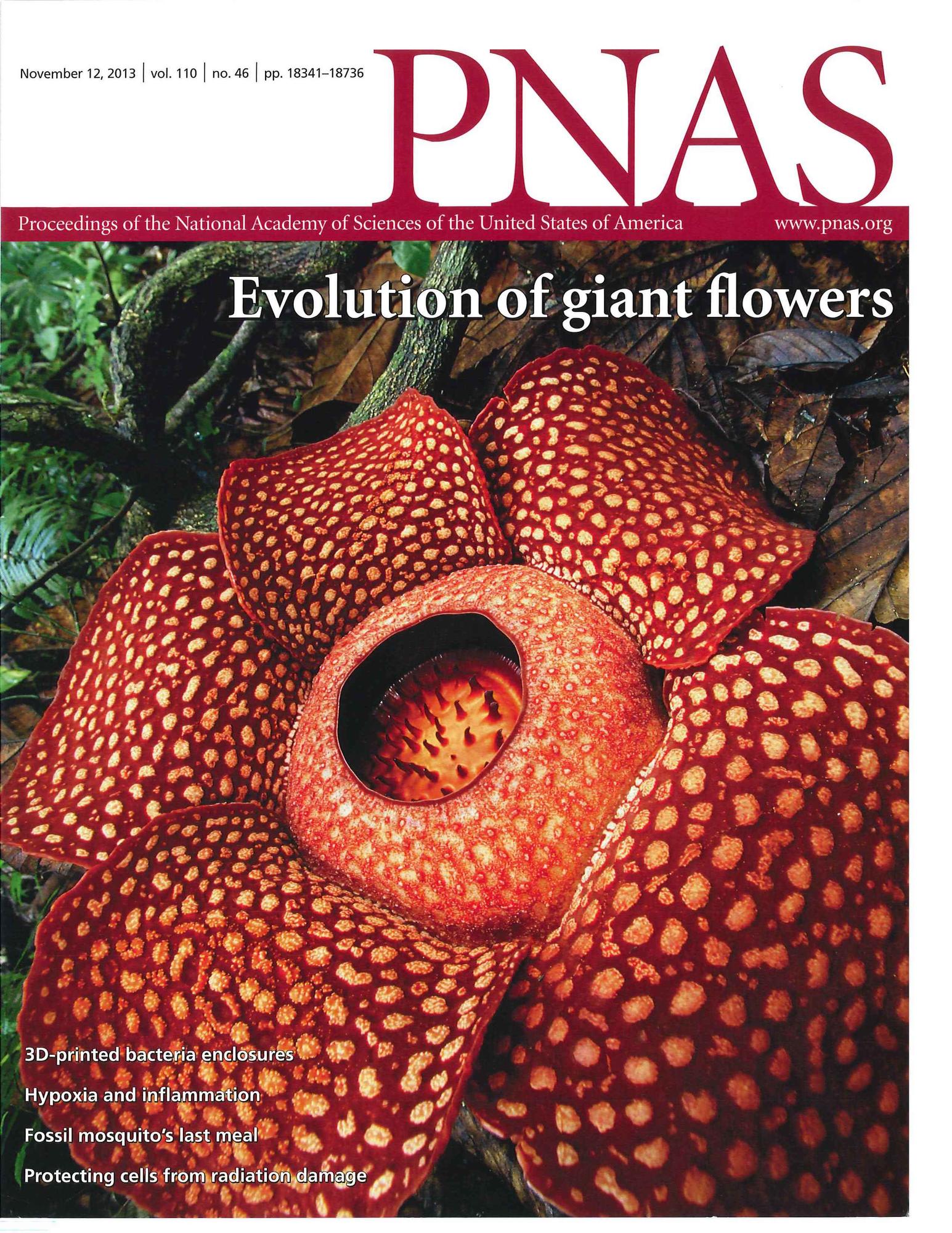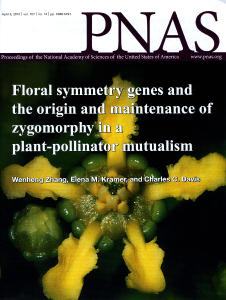Citation:
| 553 KB |
Abstract:
Aim When precise coordinate data for training species distribution models (SDMs) are lacking, climatic variables are often assigned to centroids of geopolitically defined regions, frequently counties. This is problematic because approximations using centroids may not be representative of the regional climate or the locality from where species actually occur, thus leading to spurious conclusions. We evaluated county centroid climate versus simple alternatives for assigning climate to species observations in the absence of precise occurrence data.
Location United States of America.
Methods We assessed the disparity between the actual climate of all points within a county and metrics estimating county climate using the climate of geographical centroid, mean county climate and median county climate. To further evaluate the performance of these metrics, we generated SDMs of four common species using these estimates and compared the results with observed
species distributions (red trillium, Pacific trillium, tall thistle and annual fleabane). Finally, we projected future ranges for annual fleabane to examine the difference in predicted range change between models.
Results Mean and median climate metrics were significantly better fits for approximating the climate of specimen records than climate of the geographical centroid. Moreover, county mean climate SDMs were the most similar to SDMs using actual coordinate data. In contrast, models applying climate to county centroid significantly overpredicted species range. This had implications for future projections of annual fleabane SDMs: the county centroid model predicted a decrease in suitable habitats for this species while other models predicted an increase.
Main conclusions County centroid climate, although commonly applied, is not suitable for SDMs as a means to approximate species climate when locality data are less precise. When only county level data are available, and more computationally intensive methods of accounting for spatial uncertainty cannot be readily implemented, we suggest considering mean county climate as an alternative.

